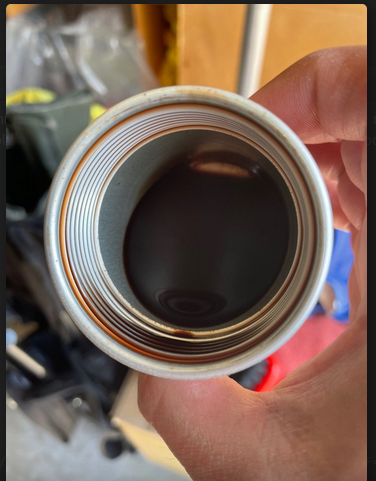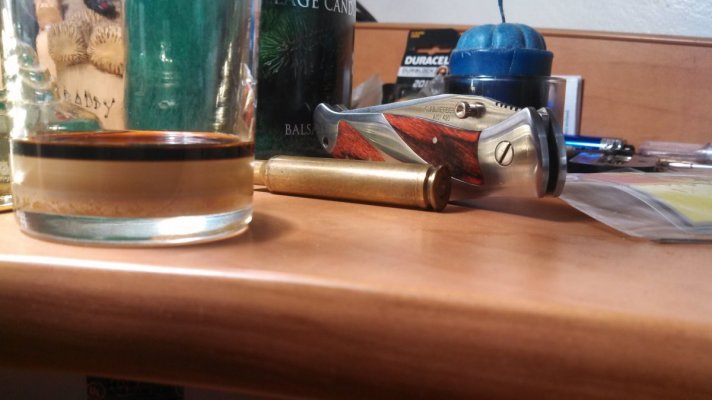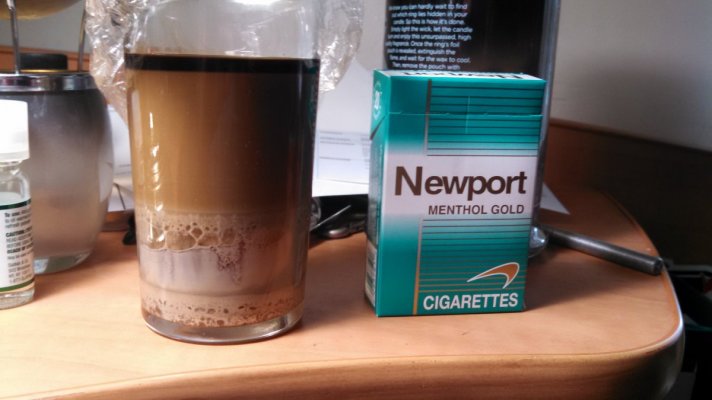Quoting
@FordTechOne from one of the other 1000 threads on this topic, " A catch can is not needed unless you’re going to be using the truck for competition/high performance driving events. The factory PCV has an oil separator built into the valve cover. These engines are dual injection, meaning both port (conventional) and direct. This prevents carbon from building up in the intake ports and valves."
And
@TwizzleStix , "
*SIGH* Unfortunately the majority of the moisture trapped in those catch cans are the result of the catch can setup itself. The hoses that attach it are prime areas for moisture condensation that collects in the can. Ever notice just how SHORT the OEM PCV hoses are. That's for a specific reason. I'm a firm believer in catch cans where actually needed in turbo-direct injection(only) engines, but the Raptor 3.5 doesn't have the usual direct injection problems because it also uses port injection. In fact, it operates on the port injection MOST of the time. The direct injection is used mainly under heavy loads, high(er) rpm situations where high-cylinder pressure detonation would be present on a port-only engine.
Obviously people can do whatever they want, but know that the Raptor 3.5 EB does NOT "need" a catch can setup at all."




